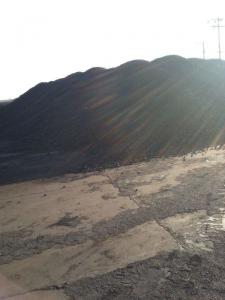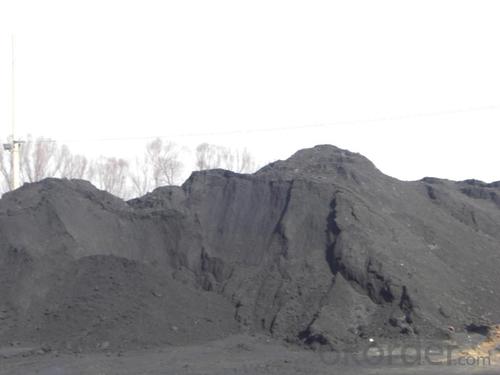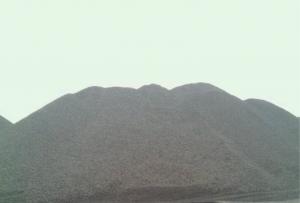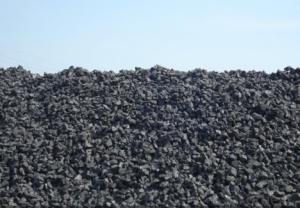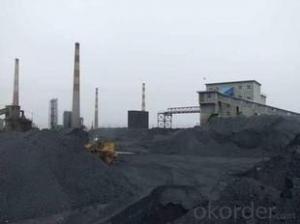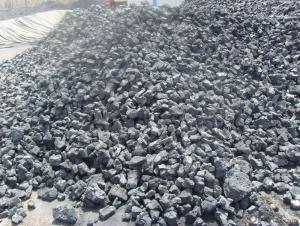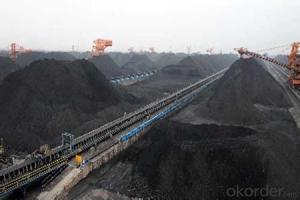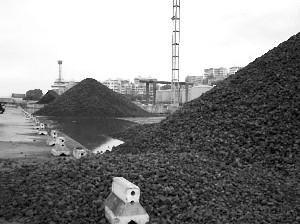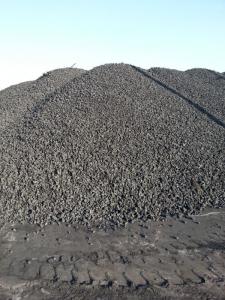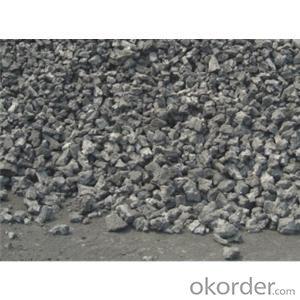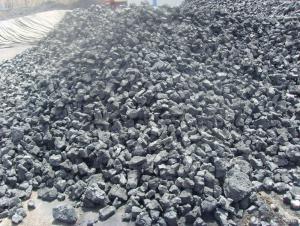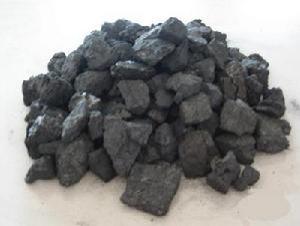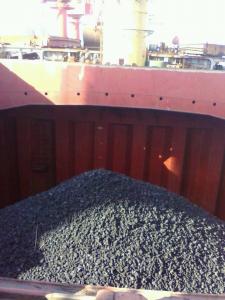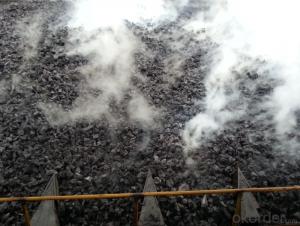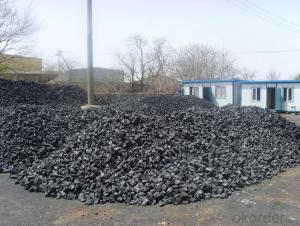Metallurgical coke in making steel(size10-30mm) / Met coke
- Loading Port:
- Shanghai
- Payment Terms:
- TT OR LC
- Min Order Qty:
- 1000 m.t.
- Supply Capability:
- 100000 m.t./month
OKorder Service Pledge
OKorder Financial Service
You Might Also Like
Specification
Packaging & DeliveryPackaging Details:1MT in one big bag
Delivery Detail:20 days after recept of advance payment
Product Description
Met Coke(metallurgical coke) is a carbon material resulting from the manufactured purification of multifarious blends of bituminous coal. In its natural form, bituminous coal is soft; its medium-grade composite contains a high occurrence of unstable components. The majority of the unstable components are either reclaimed or recycled.
The coke handled by our couporation is made from superior coking coal of Shanxi province. Provided with the dvantages of low ash, low sulphur and high carbon.Our coke is well sold in European,American,Japanese and South-east Asian markets. Our owned Coke plant are located in Shanxi Province and supplying of you many kinds of coke.
Specifications
we supply metallurgical Coke:
1.high carbon and low sulfur
2.widely used in steelworks
3.good quality and resonable price
Item
No.Ash
(%)
maxS
(%)
maxF.C.
(%)
minV.M
(%)
maxMoisture
(%)
maxP
(%)
maxCSR
(%)
minCRI
(%)
maxCal.Value
(≥Kcal/Kg)
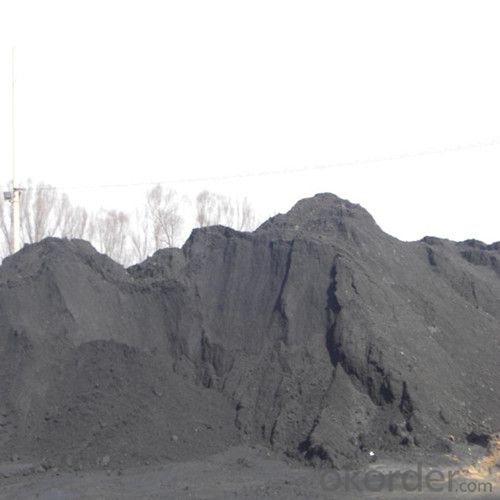
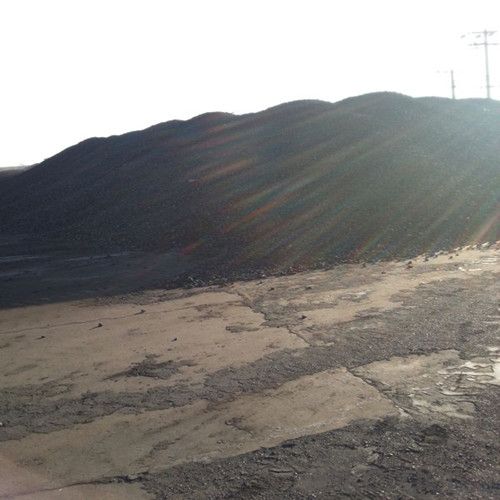
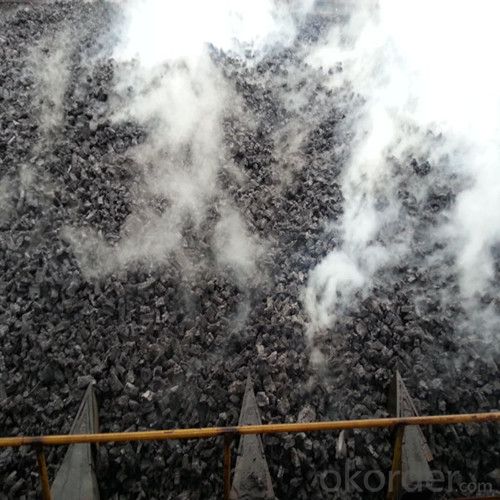
- Q: Coke can be used to do what carbon black can be used to do?
- 2 carbon black is produced by compounds of carbon and carbon, the main hydrocarbon combustion, the combustion is not sufficient, can not be converted into carbon dioxide, is carbon monoxide, so as small particles of carbon particles, which is carbon black; carbon black can be used as filling agent of rubber mixture, preferably for tires.
- Q: Coke is how to produce, what is its purpose?
- Coke is a color of deep gray to black solid, soft; internal structure of porous, and sometimes can be six square column.
- Q: What are the uses of these early industrial iron and steel? Any difference?What kind of carbon do we eat in the middle of a long strip of carbon?
- Coal:The use of coal is very extensive, according to the purpose of its use for three main purposes:(1) power coal,(2) coking coal,(3) coal used in coal chemical industry, which mainly includes gasification coal, coal for low temperature carbonization, hydrogenation of liquefied coal and so on.
- Q: F.C Ash S V.M H2O SizeMore than 85 less than 15 less than 8 less than 0.8 less than 1.5 10-70mm over 90%,I would like to ask, what is the size of the corresponding coke? Metallurgical coke or something else, there is no relevant information about, thank youF.C = 85, Ash = 15, H2O = 8, S = 0.8, V.M = 1.5, Size:10-70mm 90% and above, so clear, like the product, the current price?
- Metallurgical coke indicators are as follows:A metallurgical coke: fixed carbon, 86%; calorific value 7300cal/kg; ash < 12%; volatile < 1.9%; all 5% "0.6%" water; sulfur;
- Q: How coal is turned into coke in the coking chamber
- Simply put is to let the coal in the isolated air furnace heating, volatile volatile, and the rest is cokeOf course, the volatile ingredients to be collected, are the baby
- Q: What is the difference between coke and semi coke in ferrosilicon smelting process? In the process of energy statistics in the end should be 0.9714 of the conversion coefficient should be used with the conversion coefficient of 0.75 x 0.9714, please expert advice? emergencyUrgent!
- Coke is used for smelting iron alloy coke, and the coke is used in blast furnace and used for copper, lead, zinc, titanium, antimony, mercury and other non-ferrous metal smelting of blast furnace, reducing agent, heating agent and columnar skeleton.
- Q: Why in the blast furnace ironmaking with coke instead of charcoal why coke can produce heat to improve the heat of the furnace how to produceWhy in the blast furnace ironmaking with coke instead of charcoal why coke can produce heat to improve the heat of the furnace how to produce
- The reaction of the blast furnace ironmaking is the reduction reaction: the coke produces CO in the furnace, the CO reduces the iron oxide, and the part of CO burns, and the whole process will release a lot of heatCheck information, combined with the knowledge of the professional knowledge, for reference purposes only!
- Q: How many degrees of coke ignition temperature can ignite coke
- The average specific heat capacity is 0.808kj/ (KGK) (100 DEG C), 1.465kj/ (KGK) (1000 DEG C);The thermal conductivity is 2.64kj/ (MHK) (room temperature), 6.91kg/ (MHK) (900 DEG C);Ignition temperature (450-650) in air;
- Q: Effect of coke powder ratio on the index
- Evaluation of coke quality1, coke: sulfur sulfur is a harmful impurity, pig iron smelting, which makes it one of the iron quality. In steel and iron sulfur content greater than 0.07%, is a waste. From the 11% blast furnace of sulfur ore; 3.5% limestone; 82.5% from coke, so coke is the main source of sulfur. The charge directly affects the coke into blast furnace of sulfur when the sulfur content of coke production. For more than 1.6%, 0.1% sulfur, each additional 1.8%, increase the amount of coke, an increase of 3.7%, ore blast volume added limestone to reduce the yield by 0.3%, sulfur content of 1.5 - 2% metallurgical coke requirements do not exceed 1% 0.7%., the sulfur content of metallurgical coke is less than - 0.4 large and medium sized blast furnace
- Q: the CO reduces the iron oxide, and the part of CO burns, and the whole process will release a lot of heatCheck information, combined with the knowledge of the professional knowledge, for reference purposes only!
- Coke strength index is divided into cold strength index and thermal strength indexCold strength index: M40 M25 M10
Send your message to us
Metallurgical coke in making steel(size10-30mm) / Met coke
- Loading Port:
- Shanghai
- Payment Terms:
- TT OR LC
- Min Order Qty:
- 1000 m.t.
- Supply Capability:
- 100000 m.t./month
OKorder Service Pledge
OKorder Financial Service
Similar products
Hot products
Hot Searches


